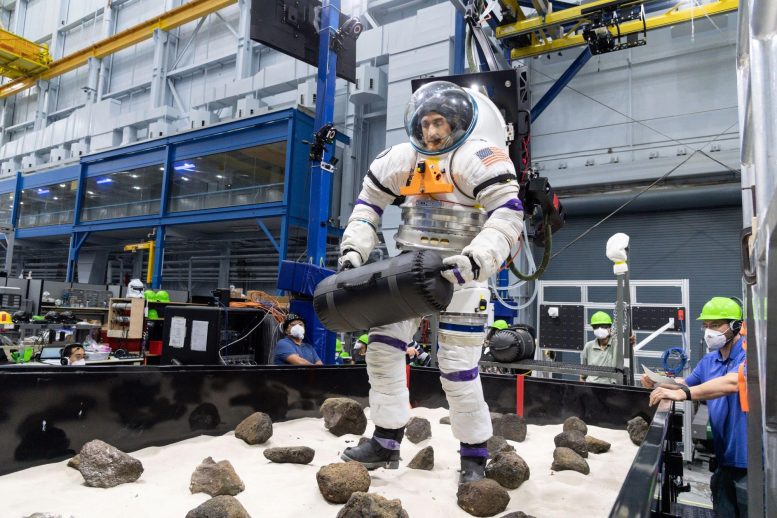
A volunteer from NASA’s Artemis Extravehicular Activity training group moves a 30-pound object through a boulder field while in a spacesuit connected to NASA’s Active Response Gravity Offload System, or ARGOS. He is conducting a trial run through an obstacle course while ARGOS lifts him and the suit in a way that simulates gravity similar to that on Mars. Some astronauts will work through this obstacle course immediately after returning to Earth so that researchers can learn more about how mission-ready crew can be after landing on a planet’s surface. Credit: NASA
Have you ever felt unsteady after riding a roller coaster or gotten seasick on a boat? When astronauts return to Earth from space, they experience a similar sensation that can be more intense.
Once they land, their whole body – including muscles, bones, inner ear, and organs – starts readjusting to Earth’s gravity. Astronauts often report feeling dizzy, lightheaded, nauseated, and off-balance upon their return. These symptoms can last for several days, until they get their “land legs.”
While much work is spent ensuring astronauts’ good health upon reentry to Earth, one group of scientists at NASA’s Human Research Program, or HRP, are focusing on something slightly different. They want to know how quickly astronauts can perform mission-critical tasks after landing.
“Through Artemis, NASA will soon send the first woman, the first person of color, and other crew members to the Moon’s surface. And after that, our eyes will be on Mars,” explains Jason Norcross, a scientist who studies human performance at NASA’s Johnson Space Center in Houston. On Mars and the Moon, crew members will need to be ready to act without much feedback from operators on Earth, particularly in emergency scenarios, he notes. “So we need to know: Right after astronauts land on a planetary surface, what can they physically do? How long after landing should they wait to perform certain tasks?”
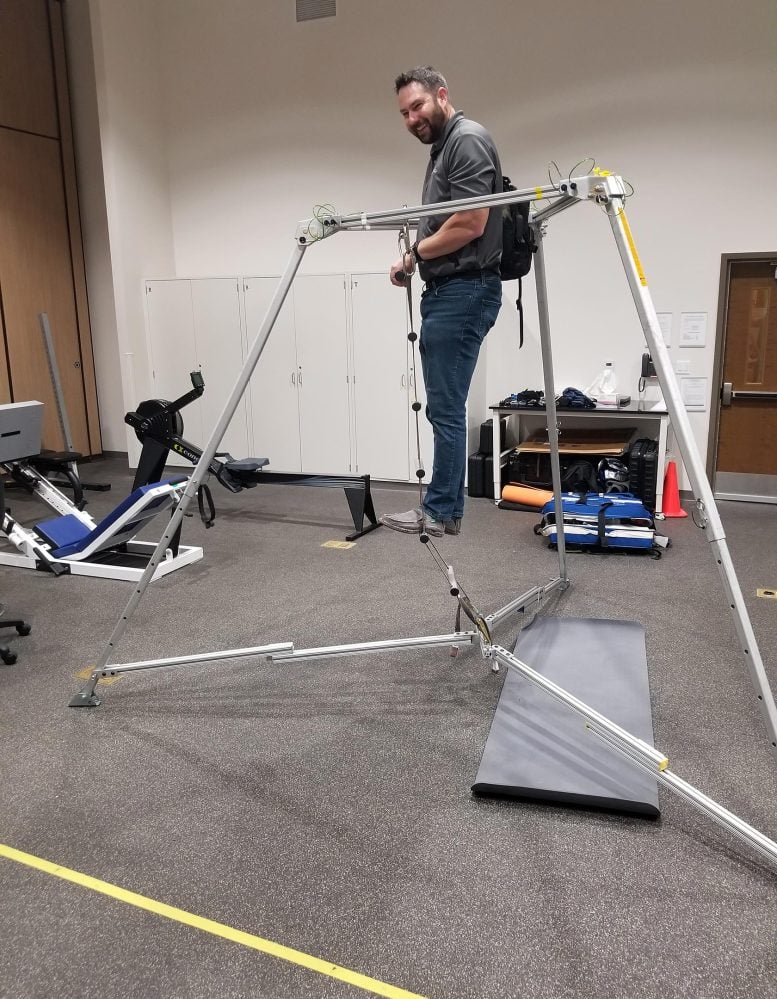
NASA scientist Jason Norcross climbs a ladder within a framework of lightweight metal tubing that simulates the outline of a space capsule. He and his team seek to gauge how readily an astronaut who has just returned to Earth can secure this ladder and climb through this capsule, among other tasks. Credit: NASA
To help answer these questions, Norcross and a combined team from NASA’s Human Physiology, Performance, Protection and Operations Laboratory and NASA’s Neurosciences Laboratory designed an obstacle course for astronauts volunteering from NASA’s SpaceX Crew-2 and Crew-3 missions to navigate. Before departing to the International Space Station, these crew ran through two sets of tasks: emerging from a mock landing capsule and a simulated spacewalk on a planetary surface while wearing a spacesuit. Then, immediately upon returning to Earth, the same crew will attempt to complete these same tasks – the simulated capsule exit a few hours after landing, and the practice planetary spacewalk about a day later.
For the first task, researchers spent months developing a mockup made of lightweight metal tubing that, when deployed, forms the outline of a space capsule. This portable frame fits inside a large backpack. At an airport close to where the Crew Dragon capsule splashes down, the team will set up the mock capsule. Each astronaut will enter, lie down, and the test will begin.
During the test, the astronaut stands up and unfurls a ladder from the mock capsule’s top, keeping in mind the mock capsule’s boundaries. They’ll then secure the ladder, grab a survival pack, climb the ladder, and hand off the survival pack to a researcher standing nearby through a hatch at the capsule’s top. Finally, the astronaut will descend the ladder, walk about 25 feet, and then return to the starting point.
“In the preflight test, an astronaut can stand up, climb the ladder, and walk easily. A couple of minutes and they’re done with this whole task,” notes Norcross. “But post-flight, we expect that will be completely different. Astronauts may have to stop, regain their balance, catch their breath, take breaks, maybe even take a moment to be sick. It could be a struggle.”
The task involves several posture changes, such as head-turning and standing up after lying down. “Those shifts in posture are the hardest things for crew to do immediately after landing,” he adds. “We need to know – can this even be done? We think it can be, but then again, we’ve never assessed astronauts doing this particular task at this particular time before.”
The second task – the simulated planetary walk – will take place after astronauts have flown back to NASA’s Johnson Space Center in Houston. Once there, they’ll each take turns completing a different set of challenges. First, they’ll try to don their spacesuit unassisted. Then, researchers will connect the suit into NASA’s Active Response Gravity Offload System, or ARGOS – a machine that hoists the suit and pressurizes it, allowing the astronaut inside to experience a fraction of Earth’s gravity. For this test, ARGOS will be tuned to the gravity on Mars, which is roughly three-eighths of Earth’s gravity.
Next, after they get their bearings and establish they can walk, the astronaut will climb a ladder, fit themselves through an opening, and climb down that same ladder. At that ladder’s base, they’ll connect “supply lines” – in this case, large flexible tubes – to a mockup of a life-support module. “We want astronauts to simulate what could happen on a mission off-world,” Norcross notes. “We’ve got connections down low and we’ve got things where they’re reaching up overhead.”
Finally, they’ll see if they can repeatedly move a couple of 30-pound objects from one end of a boulder field to the other. These objects are moderately bulky – about the size of a five-gallon water cooler jug. “Again, we’re trying to make them do realistic tasks, but giving them challenging postures to see what’s possible so soon after landing,” Norcross continues.
For both tasks, astronauts will give verbal feedback to researchers as they progress. After they complete the tasks, crew will take surveys about their exertions through each step. During the simulated walk on Mars, astronauts will wear sensors to monitor heart rate and energy expenditures. In addition, the astronauts will be recorded on video as they go through both tasks. Comparing the videos before launch to the ones immediately after landing will help scientists pinpoint where and perhaps why crew members struggled.
Future iterations will include more participants, more complex and longer tasks, and simulations programmed for the Moon’s gravity. Information gained will help NASA design mission activities, emergency protocols, spacesuits, and capsules that minimize difficult tasks in the first few days after astronauts land on the Moon or Mars.
NASA’s Human Research Program, or HRP, pursues the best methods and technologies to support safe, productive human space travel. Through science conducted in laboratories, ground-based analogs, and the International Space Station, HRP scrutinizes how spaceflight affects human bodies and behaviors. Such research drives HRP’s quest to innovate ways that keep astronauts healthy and mission-ready as space travel expands to the Moon, Mars, and beyond.



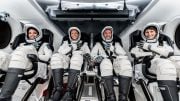

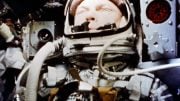
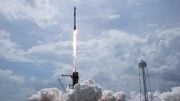
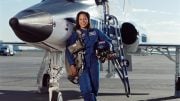
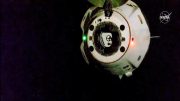
Be the first to comment on "New Tests Evaluate Mission Readiness of Astronauts Upon Landing on a Moon or Planetary Surface"